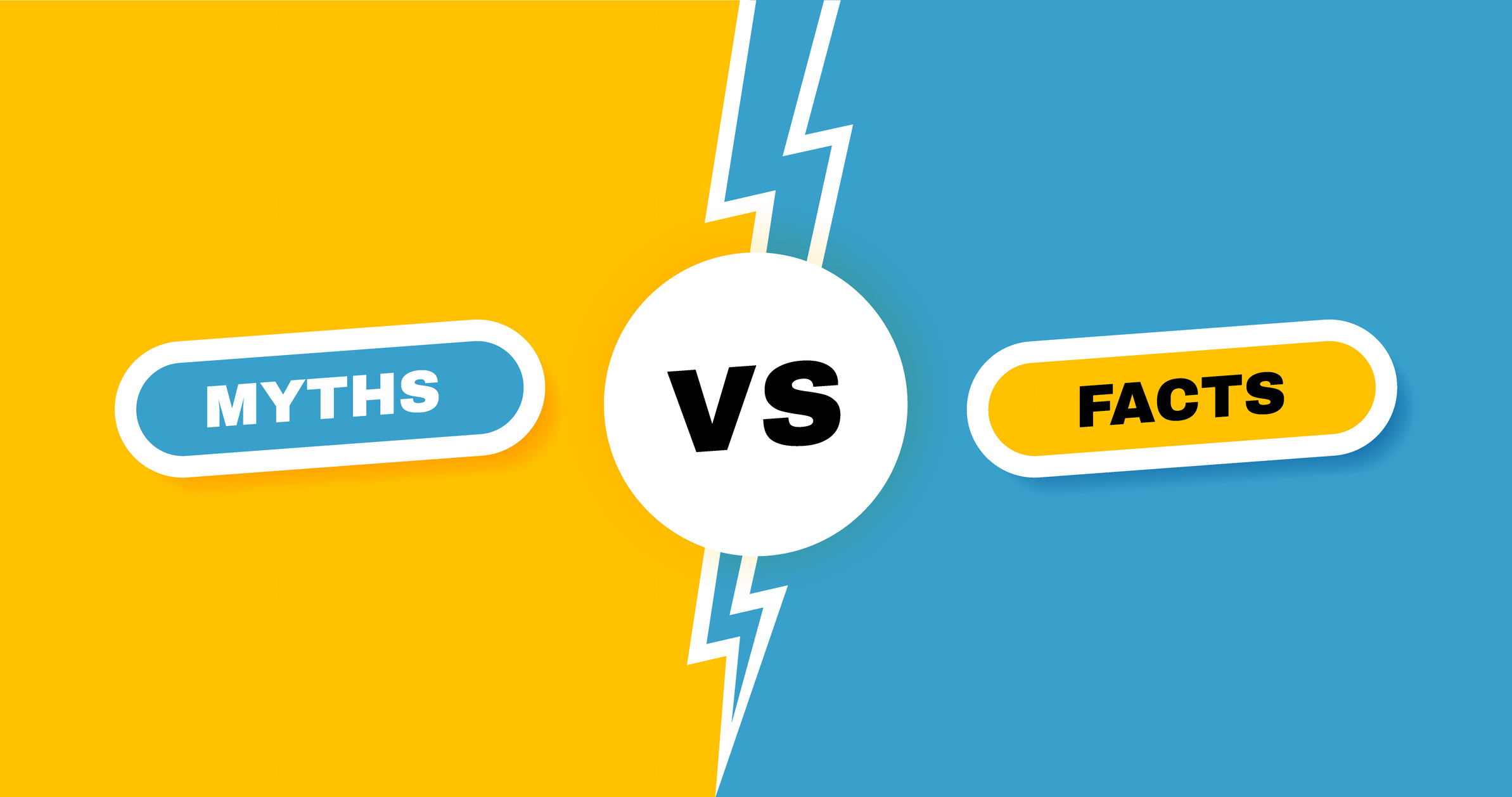Expecting the Unexpected: Navigating Illness and an Unplanned Leave of Absence
If illness puts you out of work for weeks, how will you get by? Now is the time to get your ducks in a row, just in case.

The spread of the COVID-19 (coronavirus) has Americans worried — both about their health and the impact the illness could have on their finances. As we grapple with the consequences of this virus, I’m reminded of my own experience with an unplanned medical leave late last year. Here is what I learned then and a few immediate financial and practical precautions that everyone should take in these times of uncertainty.
I stepped off the plane at JFK in late November after taking a dream Thanksgiving vacation to Hawaii with my family, and I knew that what I was feeling was more than just jet lag. Soon enough, I learned that I had an off-strain flu, a viral respiratory infection and pneumonia, to boot — although symptoms were similar, I thankfully dodged the coronavirus. My symptoms, coupled with my asthma, made this combination the ultimate triple-threat, and recovery has been very challenging — so challenging in fact that I needed to take an extended leave from work.
Beyond the stress this illness had placed on my body, I worried about what this lengthy downtime would do to my family’s finances, from the healthcare costs to a potential impact on my income. Here’s what I found helpful:

Sign up for Kiplinger’s Free E-Newsletters
Profit and prosper with the best of expert advice on investing, taxes, retirement, personal finance and more - straight to your e-mail.
Profit and prosper with the best of expert advice - straight to your e-mail.
Understand your employer benefits
When I left for Hawaii, open enrollment season at my workplace had just ended, so I had the opportunity to evaluate my annual financial plan and the role my employer benefits would play in the year ahead. As open enrollment approaches later this year, consider the potential impact that taking short- or long-term disability benefits would have on your finances. You’ll also want to understand if short-term disability or medical leave are covered under your current benefit election, or whether they require supplemental insurance. Your employer may also offer a Flexible Spending Account (FSA) or a Health Savings Account (HSA) — these are accounts that can alleviate medical expenses, be used toward your deductible, or provide a buffer against what may not be covered by your insurance.
Know who to call
Be sure to have contact information for your manager and your HR department in a place where you, your spouse or designated contact can access it. It’s also important to have your insurance cards handy. Many insurers offer smartphone apps, and I found it helpful to have downloaded my insurance cards to my phone’s digital wallet. Designate a point of contact who can communicate about your situation, expected length of absence and any limitations on your work schedule when you are able to return.
Define where you’ll access funds in a pinch
If an extended leave places a true strain on your financial situation or you find yourself needing to conserve cash, there are several options you may consider:
- Utilize your cash value life insurance as a “cousin” to your emergency fund.
- Consider a loan provision within your 401(k) plan.
- If you have considerable equity in your home, consider leveraging an established Home Equity Line of Credit (HELOC).
- Use your credit card as needed — but only within a re-payable amount — to maintain as many liquid assets as you can in the short-term.
Shore Up Your Finances Overall
In addition to some of these bigger-picture precautions, there are several things Americans can do right now to prepare for a potential illness.
- Establish or grow your emergency fund. While it is difficult to focus on saving at a time when Americans are losing jobs, having at least a few months of expenses is critical. Save what you can and when interest rates stabilize, consider opening a high-yield savings account.
- Re-evaluate your financial plan and stick to the basics. The basics ring true both during times of growth and times of uncertainty — having proper life insurance coverage, a well-established emergency fund, a properly diversified investment portfolio within your risk tolerance, and participation in company-sponsored retirement plans to receive the employer match if you’re able, are all vital elements of a protection-first financial plan.
- Get a handle on debt. Many lenders are now offering opportunities to change your payment plan. Evaluate revolving debt, such as credit card debt, personal loans or loans against your home equity, and work with your lender to create a plan that is sustainable in this environment.
It’s difficult to plan for something like this, but the current environment is a good opportunity to step back and evaluate what it means to really live within one’s means. Understanding what assets you have available and what your employer benefits or insurance policy covers before an illness or complication arises can alleviate a lot of physical and financial stress.
Talk to your financial professional to better understand how strengthening your emergency fund and incorporating protective measures into your portfolio can help you avoid a health-induced financial catastrophe.
Profit and prosper with the best of Kiplinger's advice on investing, taxes, retirement, personal finance and much more. Delivered daily. Enter your email in the box and click Sign Me Up.

Brian G. Madgett, CLU®, ChFC®, is Head of Consumer Education at New York Life. In this role, Brian helps families across the country learn how to build better futures, rooted in a protection-first financial plan, for themselves and those they love. Brian began his nearly 30-year career as a New York Life financial specialist and has since held several leadership roles within the company. He earned his Bachelor of Science degree from John Jay College.
-
 Strong April Jobs Report Lowers Rate-Cut Hopes: What the Experts Are Saying
Strong April Jobs Report Lowers Rate-Cut Hopes: What the Experts Are SayingThe June jobs report shows that hiring remains strong and gives the Fed a little extra breathing room when it comes to interest rates.
-
 Don't Fall For These Five Costly Medicare Myths
Don't Fall For These Five Costly Medicare MythsSigning up for Medicare can be complicated, and mistakes can be costly. Let's demystify these five Medicare myths to avoid expensive penalties.
-
 Investing Professionals Agree: Discipline Beats Drama Right Now
Investing Professionals Agree: Discipline Beats Drama Right NowBig portfolio adjustments can do more harm than good. Financial experts suggest making thoughtful, strategic moves that fit your long-term goals.
-
 'Doing Something' Because of Volatility Can Hurt You: Portfolio Manager Recommends Doing This Instead
'Doing Something' Because of Volatility Can Hurt You: Portfolio Manager Recommends Doing This InsteadYes, it's hard, but if you tune out the siren song of high-flying sectors, resist acting on impulse and focus on your goals, you and your portfolio could be much better off.
-
 Social Security's First Beneficiary Lived to Be 100: Will You?
Social Security's First Beneficiary Lived to Be 100: Will You?Ida May Fuller, Social Security's first beneficiary, retired in 1939 and died in 1975. Today, we should all be planning for a retirement that's as long as Ida's.
-
 An Investment Strategist Demystifies Direct Indexing: Is It for You?
An Investment Strategist Demystifies Direct Indexing: Is It for You?You've heard of mutual funds and ETFs, but direct indexing may be a new concept ... one that could offer greater flexibility and possible tax savings.
-
 Q2 2025 Post-Mortem: Rebound, Risks and Generational Shifts
Q2 2025 Post-Mortem: Rebound, Risks and Generational ShiftsAs the third quarter gets underway, here are some takeaways from the market's second-quarter performance to consider as you make investment decisions.
-
 Why Homeowners Should Beware of Tangled Titles
Why Homeowners Should Beware of Tangled TitlesIf you're planning to pass down property to your heirs, a 'tangled title' can complicate things. The good news is it can be avoided. Here's how.
-
 A Cautionary Tale: Why Older Adults Should Think Twice About Being Landlords
A Cautionary Tale: Why Older Adults Should Think Twice About Being LandlordsBecoming a landlord late in life can be a risky venture because of potential health issues, cognitive challenges and susceptibility to financial exploitation.
-
 Home Equity Evolution: A Fresh Approach to Funding Life's Biggest Needs
Home Equity Evolution: A Fresh Approach to Funding Life's Biggest NeedsHomeowners leverage their home equity through various strategies, such as HELOCs or reverse mortgages. A newer option: Shared equity models. How do those work, and what are the pros and cons?